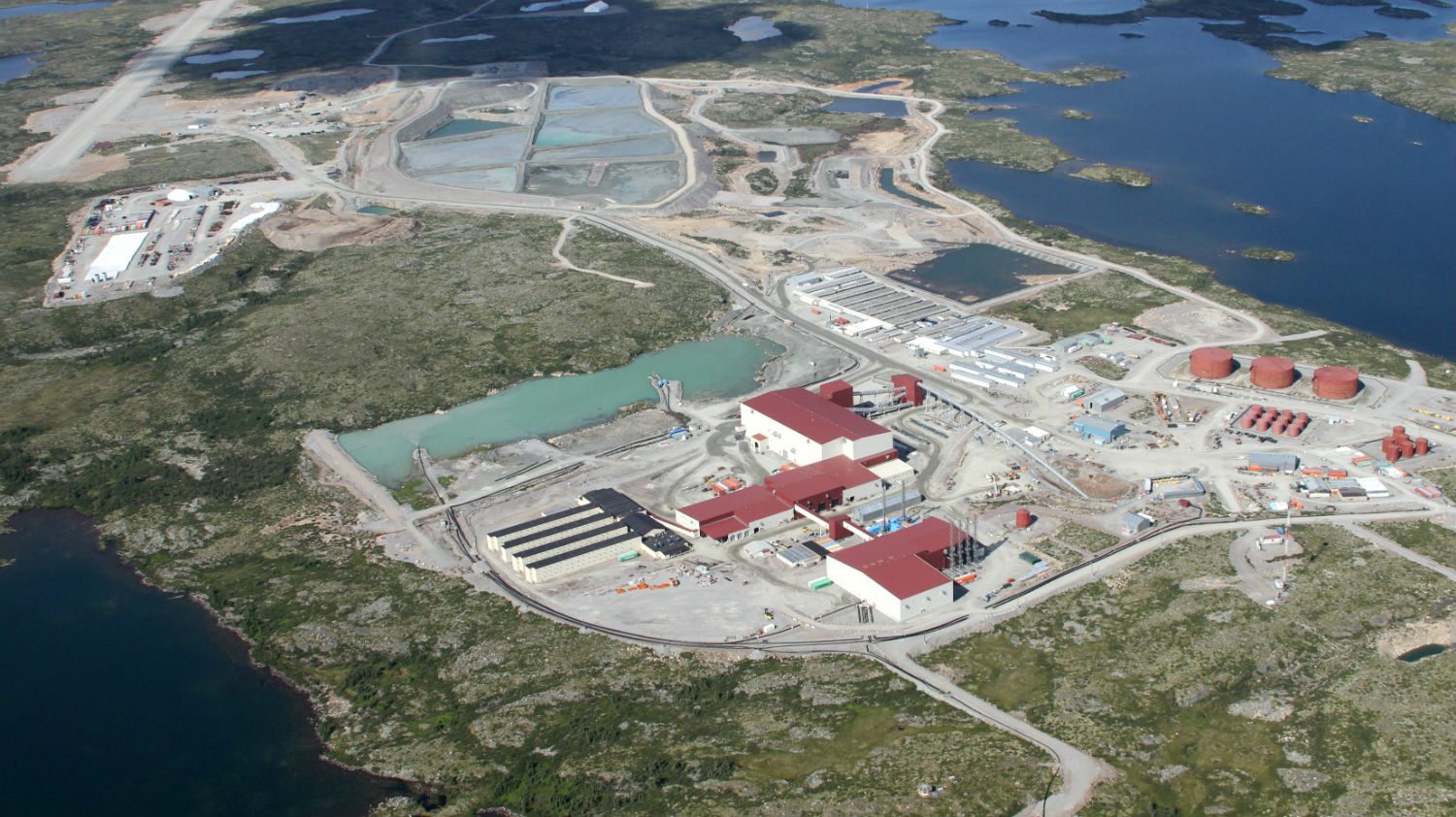De Beers Canada has been granted modifications to its water licence at the Snap Lake diamond mine.
The Mackenzie Valley Land and Water Board announced its decision – the first of two – late on Thursday.
The decision relates to the level of total dissolved solids, such as minerals, salts and metals (abbreviated to ‘TDS’), allowed in waste water from the mine and all water in the area.
Among the changes, the board has allowed De Beers to remove an old “whole-lake average” of TDS set at 350 mg/L, and introduce a new “maximum monthly average” of 850 mg/L which applies specifically to effluent from the mine, rather than the overall level in the lake.
That will let De Beers operate the mine with a substantially increased overall TDS level of 684 mg/L in water at the site, and lake, as a whole. This target is called the “site-specific water quality objective”, abbreviated to SSWQO.
In full: The reasons behind Thursday’s Snap Lake decision (pdf)
The mine’s plans had faced opposition from the Lutsel K’e Dene First Nation, whose members expressed concern about a possible change in the taste of water and fish in the area; and from the territorial government, which requested further study of the potential consequences.
However, De Beers says the limit has to be raised as conditions underground at the mine are not what was forecast, with more TDS-rich water than had been anticipated.
If the TDS limit does not go up, De Beers argues effluent currently stored underground at the mine will have to remain in place. That, the company says, will effectively prevent the mine’s future operation – jeopardizing hundreds of jobs and $1 billion in regional investment.
The board said it had been convinced that the new limits will not have an adverse impact on fish in the area. The board also believes De Beers’ monitoring will detect any future issues before they have a lasting environmental effect.
Thursday’s first decision is important, and appears to show the board favoured De Beers’ scientific analysis and arguments.
But a second decision from the board, due in May, could further increase the allowed level of total dissolved solids.
After more tests in 2014, De Beers submitted a new application to once again increase the SSWQO of all water at the site to 1,000 mg/L, which is often quoted as the upper boundary of what is considered freshwater.
That application is what made headlines several months ago. It will be the subject of May’s second decision.





